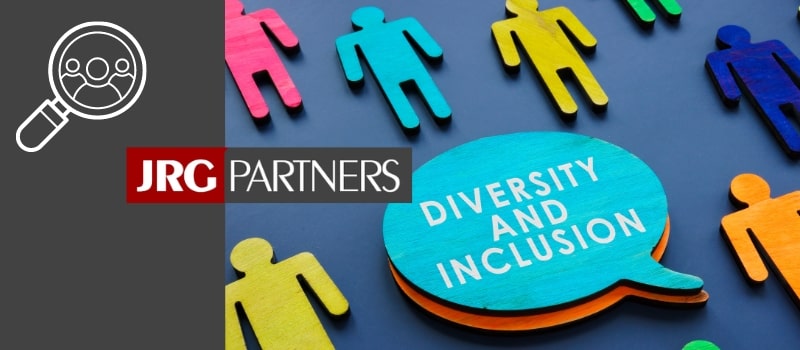Diversity and inclusion (D&I) refers to organizational policies, practices, and initiatives that promote diversity, equity, and inclusion in the workplace, encompassing a broad range of dimensions, including race, ethnicity, gender, age, sexual orientation, disability, religion, nationality, socioeconomic status, and cultural background. D&I initiatives aim to create a work environment where all individuals feel valued, respected, […]
Diversity hiring is a recruitment practice aimed at increasing workplace diversity by actively seeking and employing candidates from various backgrounds and demographics. This includes individuals of different races, genders, ages, sexual orientations, religions, abilities, and socioeconomic statuses. The goal of diversity hiring is to create a more inclusive and equitable workplace that reflects the diversity […]
Diversity Strategy refers to a comprehensive approach that organizations adopt to promote inclusivity and ensure representation of diverse groups within the workforce. This strategy involves creating policies, practices, and initiatives that foster an environment where differences in race, gender, age, sexual orientation, and cultural backgrounds are respected and valued. A well-implemented diversity strategy not only […]
Domestic Partner Benefits refer to the health, financial, and other benefits provided by employers to an employee’s domestic partner. A domestic partner is generally someone with whom the employee has a committed relationship, similar to marriage, but without legal recognition as a spouse. These benefits may include health insurance, life insurance, family leave, and retirement […]
Downsizing is the process of reducing the size of an organization’s workforce, typically through layoffs, attrition, early retirement incentives, or restructuring initiatives, in response to economic downturns, financial challenges, strategic shifts, technological advancements, or organizational efficiency efforts. Downsizing is a strategic business decision aimed at aligning staffing levels with business needs, reducing costs, and improving […]
A Dual Career Ladder is a career development strategy that allows employees to advance within their organization without transitioning into management roles. This approach is particularly beneficial in technical and specialized fields, where employees may excel in their areas of expertise but have no interest in or aptitude for management. The Dual Career Ladder provides […]
E-learning, also known as electronic learning or online learning, refers to the use of electronic media and digital technologies to deliver educational content, training programs, or learning experiences to learners via the internet or computer-based platforms. E-learning encompasses a wide range of instructional formats, including online courses, virtual classrooms, webinars, interactive modules, digital simulations, and […]
E-Recruitment is the process of using online platforms and digital tools to attract, assess, and hire candidates. It streamlines traditional recruitment by leveraging technology to reach a wider pool of applicants, conduct interviews, and even onboard new employees remotely. E-Recruitment encompasses various methods, including job postings on career websites, social media recruiting, and the use […]
Early retirement refers to the decision to leave the workforce before the traditional retirement age, often defined as 65 years old in many countries. This choice can be voluntary, driven by personal goals such as pursuing hobbies, travel, or spending more time with family. Alternatively, it can result from circumstances like company downsizing or health […]
An economic downturn refers to a period when the economy experiences a decline in its overall performance. This decline is often marked by a decrease in GDP (Gross Domestic Product), rising unemployment rates, reduced consumer spending, and lower industrial production. During an economic downturn, businesses may struggle with reduced demand for their products or services, […]











